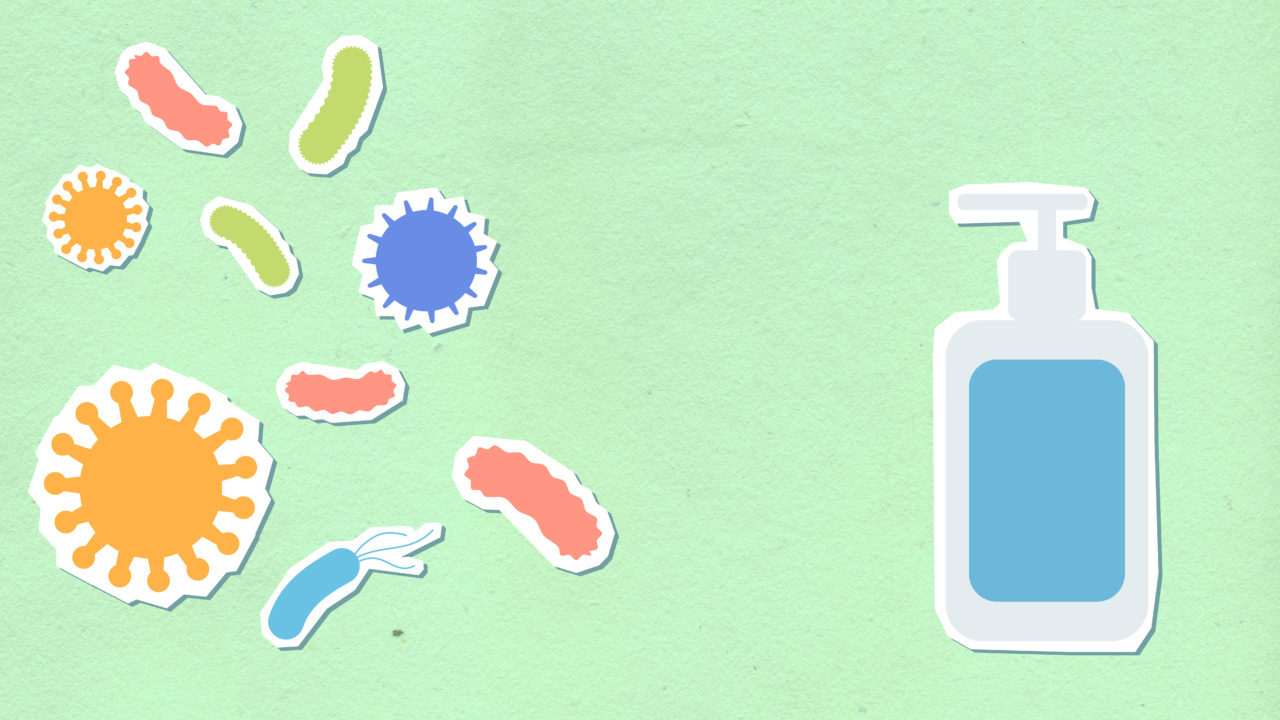Infectious mononucleosis, also known as mono or the “kissing disease,” is a viral infection caused by the Epstein-Barr virus (EBV).
This highly contagious illness predominantly affects adolescents and young adults, with symptoms ranging from mild to severe. In this article, we will explore the manifestations of infectious mononucleosis and the various ways it can impact the body.
1. Fatigue and Weakness
One of the most common symptoms of infectious mononucleosis is persistent fatigue and weakness. This extreme tiredness often lasts for weeks or even months, making it difficult for individuals to carry out their daily activities.
It is essential to rest and avoid strenuous physical exertion during this period to aid recovery.
2. Sore Throat and Swollen Tonsils
Another hallmark of infectious mononucleosis is a sore throat accompanied by swollen tonsils. The throat may appear red and inflamed, and swallowing can be particularly painful. Sometimes, white patches may be present on the tonsils as well.
Gargling with warm saltwater and consuming soothing liquids like hot tea or broth can provide temporary relief.
3. Enlarged Lymph Nodes
The lymph nodes, which are responsible for filtering pathogens and producing immune cells, often become swollen during an infection. In cases of infectious mononucleosis, the lymph nodes in the neck, armpits, and groin may noticeably enlarge.
These swollen lymph nodes may feel tender and painful to the touch. Applying warm compresses can help alleviate discomfort.
4. Fever and Chills
Fever is a typical manifestation of infectious mononucleosis. The body’s elevated temperature helps combat the viral infection. Individuals with mono may experience intermittent fever accompanied by chills.
Adequate rest, hydration, and over-the-counter medications such as acetaminophen or ibuprofen can help manage these symptoms.
5. Skin Rash
In some cases of infectious mononucleosis, a nonspecific skin rash may develop. This rash is often red and uneven, appearing predominantly on the trunk of the body. It may be accompanied by itching or discomfort.
The rash typically resolves on its own and does not require specific treatment.
6. Headache
Headaches are a common complaint among individuals with infectious mononucleosis. These headaches can vary in intensity and may occur due to the viral infection itself or as a result of fever and sinus congestion.
Over-the-counter pain relievers and resting in a dark, quiet room can provide relief.
7. Splenomegaly
Splenomegaly, or an enlarged spleen, is a potential complication of infectious mononucleosis. The spleen, located on the left side of the abdomen, may become enlarged and tender during the illness.
Care must be taken to avoid any activities that may risk trauma to the abdomen, as an enlarged spleen is susceptible to rupture.
8. Muscle and Joint Aches
Infectious mononucleosis can cause muscle and joint aches, resulting in discomfort or pain. These symptoms are often described as feeling similar to those experienced during a flu-like illness.
Rest, over-the-counter pain relievers, and warm compresses can help alleviate muscle and joint discomfort.
9. Abdominal Pain
Some individuals with infectious mononucleosis may experience abdominal pain, which can range from mild to severe. This pain is typically located in the upper left side of the abdomen, near the enlarged spleen.
It is important to avoid any pressure or trauma to the abdomen during this time to prevent complications.
10. Neurological Symptoms
In rare cases, infectious mononucleosis can lead to neurological symptoms such as meningitis or encephalitis. These conditions involve inflammation of the brain and its protective membranes.
Symptoms may include severe headaches, confusion, seizures, or changes in behavior. Immediate medical attention is necessary if any neurological symptoms arise.
Conclusion
Infectious mononucleosis is a viral infection with a wide range of manifestations.
While symptoms such as fatigue, sore throat, swollen tonsils, and fever are common, some individuals may experience less typical symptoms such as skin rashes, headaches, splenomegaly, muscle and joint aches, abdominal pain, or even neurological complications. Understanding these manifestations can assist in the timely diagnosis and appropriate management of this illness, promoting a smoother recovery process.




























